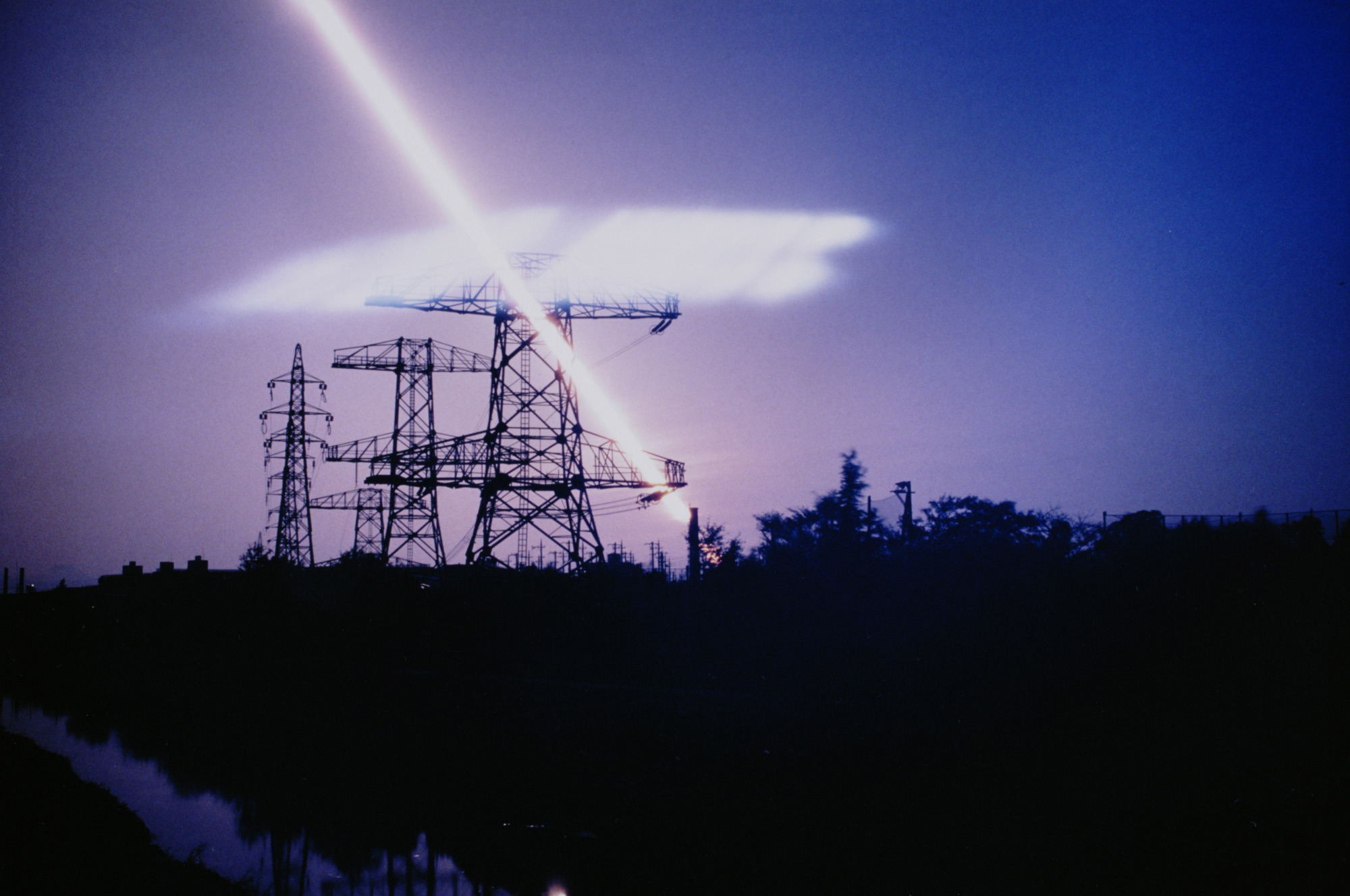There are two photography exhibitions currently showing at the Tokyo Photographic Art Museum that are thematically and chronologically unrelated, but together make a strong testimony of the extent to which Japan embraced photography from its earliest beginnings, and how the medium is a strong suit in Japan's contribution to the contemporary art scene. One is a celebration of the extensive history of Japanese photography in the 19th century; the other a solo show featuring the extraordinary work of photographic artist Hiroshi Yamazaki.
"Dawn of Japanese Photography: The Anthology" is the latest volume in the museum's long-term project to bring together images from archives around the country in an extensive display of samurai portraits, landscapes, carte de visite (the pictorial and more socially oriented version of the business card) and documentary photography of construction, war and natural disasters.
The majority of images were taken by Japanese photographers for Japanese viewers, but there are a significant number by foreign travelers, some whose visits were short, such as Commodore Perry's daguerreotypist, Eliphalet Brown, and others who were resident in Japan for several years, most notably British subject Felice Beato and the Austrian Baron Raimund von Stillfried. There is also the rare sight of samurai in 19th-century France, which resulted from the renowned photographer Nadar taking the portraits of the Second Japanese Embassy to Europe, while they were in Paris in 1864.


















With your current subscription plan you can comment on stories. However, before writing your first comment, please create a display name in the Profile section of your subscriber account page.